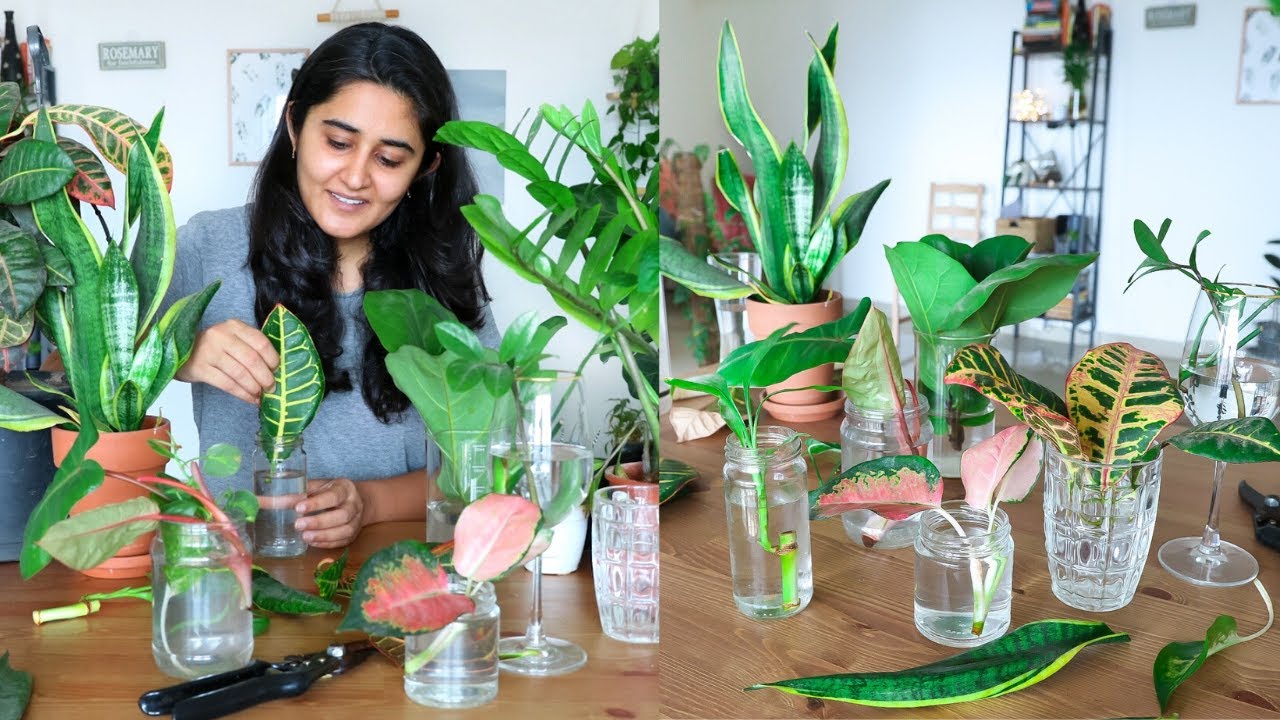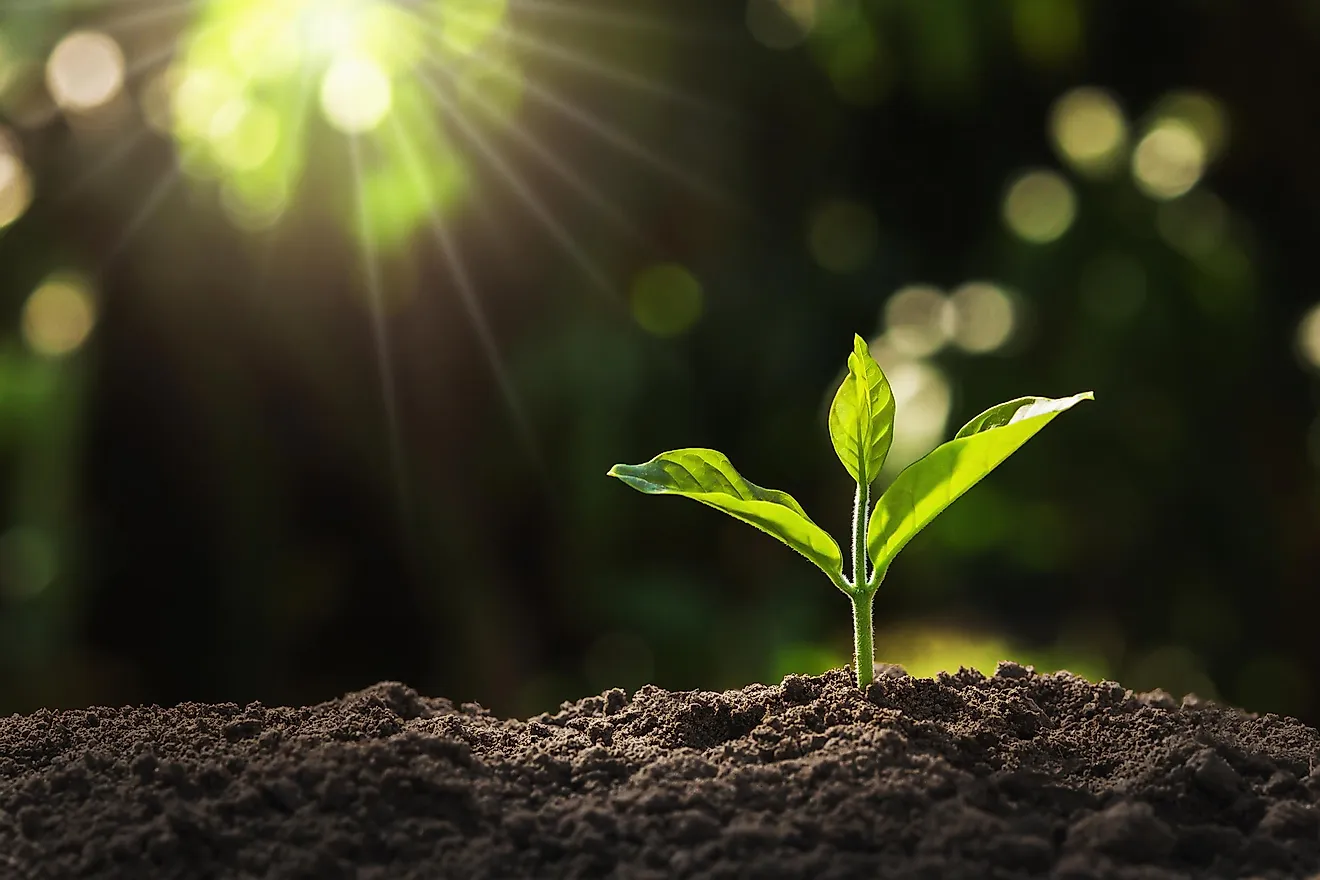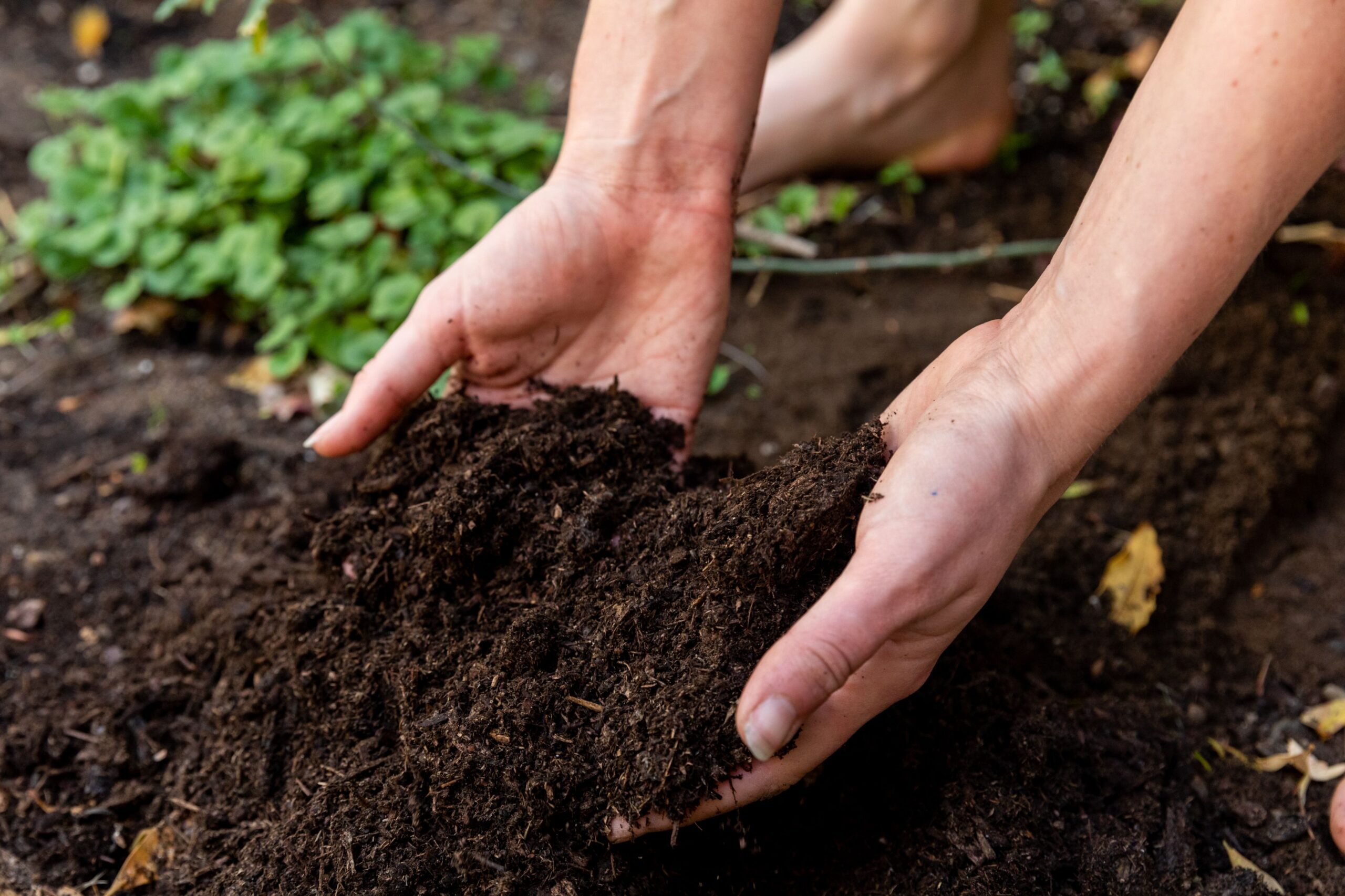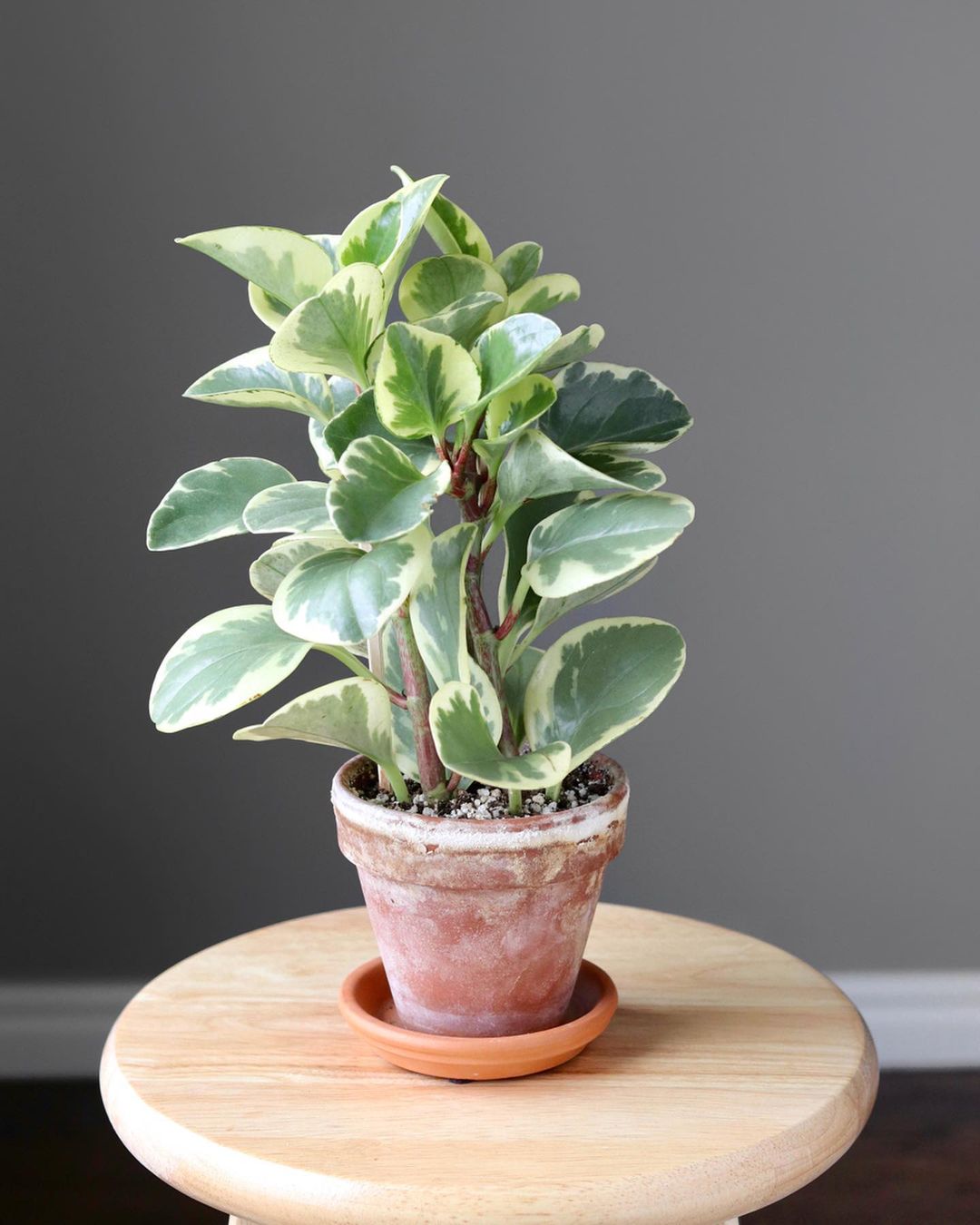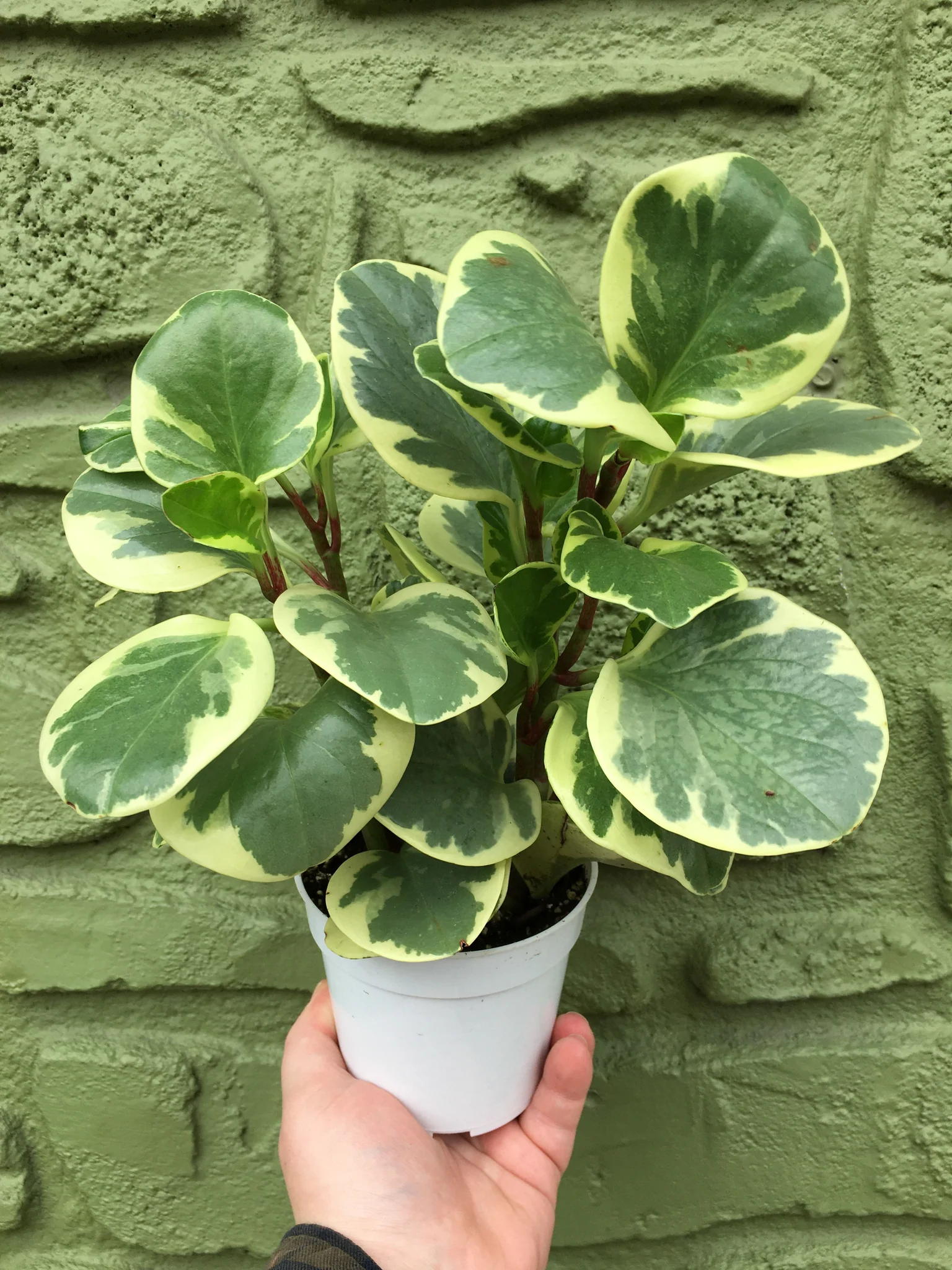Since people around the world have been asked to stay at home, many are interested in learning how to grow houseplants. One of the easiest houseplants to grow is the baby rubber plant or peperomia obtusifolia. Houseplant enlivens your interior and allows everyone to get fresh air at all times.
The baby rubber plant is not only easy to grow and care for but is also a fast-growing and beautiful plant. This attractive rubber plant comes with thick, durable, and glossy green leaves. Baby rubber plant will handle dry climates and has similar look to succulents. Learn how to grow the plant here.
Learn How to Plant Peperomia Obtusifolia
When you grow this plant in pots, a baby rubber plant can grow up to 4 to 6 inches. This plant will grow faster when you expose it to natural light. Baby rubber plants will flower occasionally. However, people love the plant for the deep green foliage of the plant.
Before growing the plant, you need to know that baby rubber plant doesn’t like direct sunlight. It will burn when you place the plant under direct sunlight. Learn some other things about growing and caring for peperomia obtusifolia below.
1. Propagating the plant
To propagate a baby rubber plant, take a healthy stem’s top about 4 inches with several leaves on it and at least one node below those leaves. Use a smaller pot between 4 and 6 inches deep with potting mix that doesn’t contain soi. The next things you should do to grow a baby rubber plant are:
- To grow peperomia successfully, dip the cutting’s base in the rooting hormone. This is going to boost the growth of the plant. But this step is optional so you can always continue to the next step.
- Leave the cutting with only one or two leaves and you must embed the node in your potting mix.
- When growing peperomia obtusifolia, keep your potting mix moist. But don’t saturate the potting mix. Place the plant in a place with a warm temperature. To grow properly, this baby rubber plant requires 65 degrees Fahrenheit minimum temperature.
- Place your baby rubber plant cutting in a bright-light location. When the growth is showing clearly, move this rooted cutting to a pot for more permanent growth.
2. How to care for the plant with enough light
Keep your plant out of intense and prolonged sunlight that may burn the foliage. The best location to place your baby rubber plant is in a partial shade location in the east, west, or south-facing window. This position doesn’t have much sunlight in the afternoon and is an ideal position for the plant.
Baby rubber plants can also handle lower light conditions. However, you may want to place the plant in a location that gets bright and early morning sun. This is going to promote the growth of the plant and maximize the patternation of the leaf.
Also read: Peperomia Rosso
3. Soil
Peperomia obtusifolia may survive and grow in moist conditions. However, baby rubber plant doesn’t like to grow with wet feet. Wet feet will lead to root rot and you don’t want this. Whatever medium you finally use to grow the plant should be well-drained.
The baby rubber plant isn’t too fussy, especially about the soil type. But it loves loose and fertile potting mix. Mix a part of sand or perlite and 2 parts of peat to provide the best medium for your baby rubber plant.
4. Water
Another thing you need to learn after learning how to grow a baby rubber plant is how to water the plant properly. This plant doesn’t tolerate sitting in standing water. Your baby rubber plant needs moderate watering during its growing season. Watering it every one or two weeks will be enough.
Allow a few inches on top of peperomia obtusifolia’s potting mix to dry out before rewatering the plant. During the colder months, let the potting mix dry out more before watering the plant again.
Also read: Peperomia Frost
5. Humidity and temperature
The baby rubber plant is an ideal plant for a steamy and bright bathroom. This plant grows well in temperatures between 65- and 75 degrees Fahrenheit. If the temperature inside your house drops below 50 degrees Fahrenheit, you should consider growing another plant.
Some excellent peperomia obtusifolia care tips include keeping the plant away from the AC unit, draughty windows, or blasting heating. Mist the leaves and use pebble trays with water right under the plant to keep this plant growing beautifully in the summer.
6. Fertilizer
The roots of the baby rubber plant are small and epiphytic, which means this plant isn’t a heavy feeder. A dose of liquid fertilizer that has been diluted will be a nice food for your plant. Feed your peperomia obtusifolia with fertilizer once to twice a month during its growing season.
Also read: Bearpaw Cactus
Common Problems with Baby Rubber Plant
Though your houseplant is an easygoing plant, it may suffer from various problems if you don’t give the plant the conditions it needs. Below are some problems that may harm your baby rubber plant.
1. Browning Tips
A cold house isn’t the best house for the growth of a baby rubber plant. The plant will die if the temperature reaches 50 degrees Fahrenheit or below. When your baby rubber plant is dying, it will show you some browning tips. But browning tips are also a sign that your plant gets too much direct sunlight.
You need to make sure that this plant grows in the most ideal condition. The temperature around the baby rubber plant should be warm enough, not too cold or too hot.
2. Leaves Turning Yellow
Another huge problem a baby rubber plant may face is the leave turning yellow from overwatering. If you overwater the plant, the glossy green leaves will start turning yellow. This is the first sign that you need to reduce the water. If you keep overwatering the plant, the root rot will kill your baby rubber plant.
Peperomia obtusifolia is a gorgeous plant to beautify your house plant. To let the plant beautify your interior for a long time, learn about the tips above. This way, you’ll know the right ways to grow this gorgeous plant and keep the plant growing, safe from various problems that may kill the plant.
